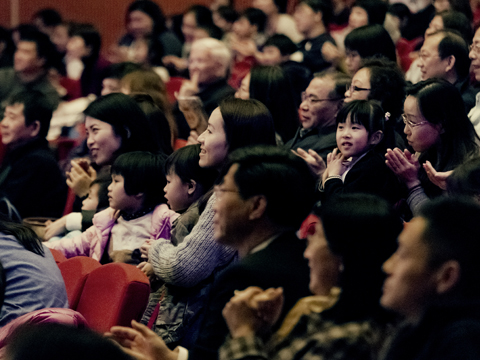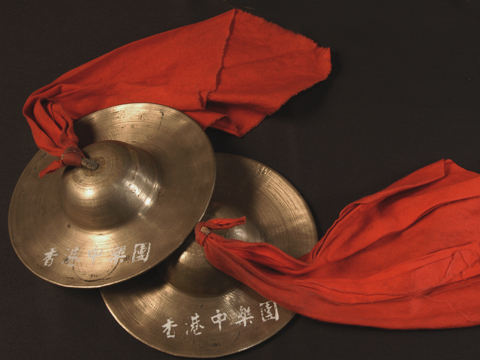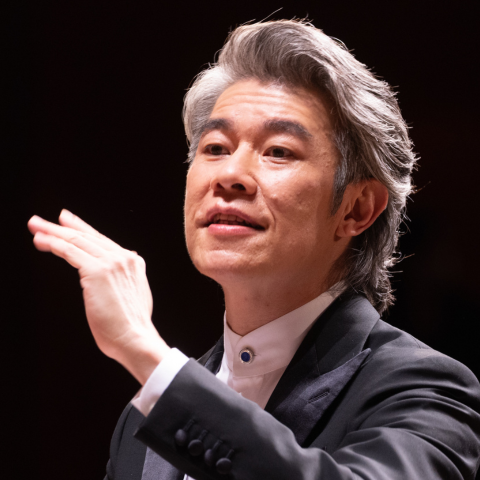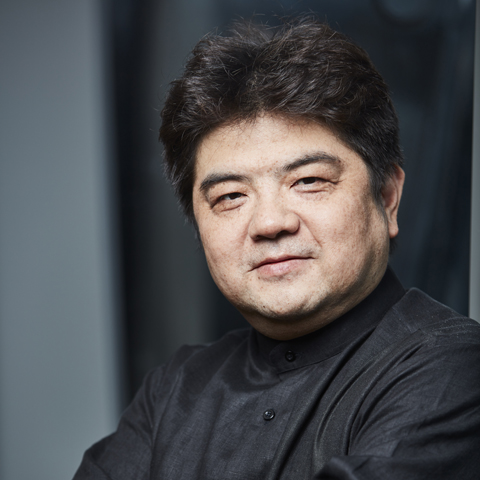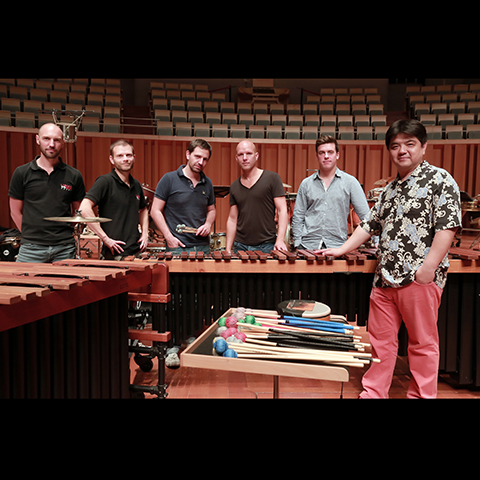
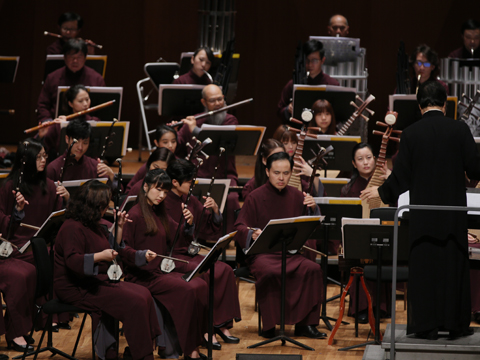
HKCO
Hong Kong Chinese Orchestra Environmental, Social and Governance Artistic Director and Principal Conductor for Life Orchestra Members Council Advisors & Artistic Advisors Council Members Management Team Vacancy Contact Us (Tel: 3185 1600)

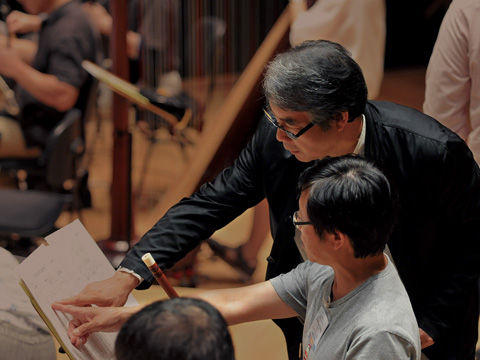
What's On

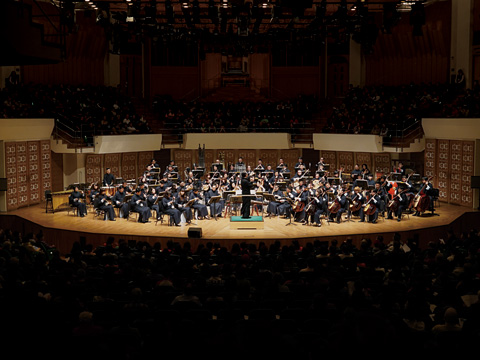
Concerts

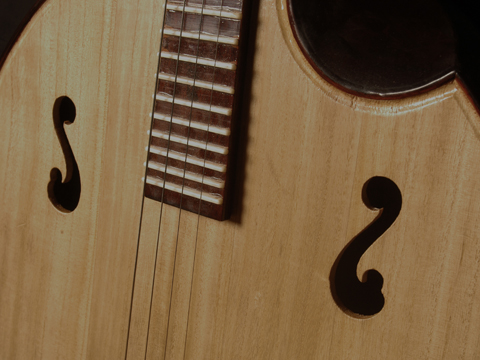
Education
The HKCO Orchestral Academy Hong Kong Youth Zheng Ensemble Hong Kong Young Chinese Orchestra Music Courses Chinese Music Conducting 賽馬會中國音樂教育及推廣計劃 Chinese Music Talent Training Scheme HKJC Chinese Music 360 The International Drum Graded Exam

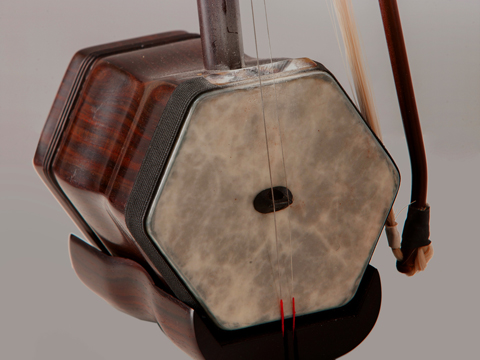
Instrument R&D
Eco-Huqins Chinese Instruments Standard Orchestra Instrument Range Chart and Page Format of the Full Score Configuration of the Orchestra
40th Orchestral Season
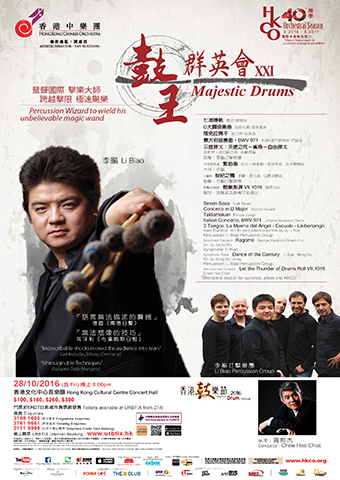
Majestic Drums XXI
8:00pm
Percussion: Li Biao Percussion Group
Percussion Wizard to wield his unbelievable magic wand
Dubbed “the Number One Percussionist in Asia” and “percussion wizard”, Li Biao has enjoyed success on the international music scene. He has won media acclaim with his performances in top concert venues and festivals around the world, including several appearances with the Hong Kong Chinese Orchestra. Li is currently on the faculty of the Central Conservatory of Music in China and the Hochschule für Musik in Hans-Eisler, Germany. For the forthcoming Hong Kong concert with the HKCO, he and his percussion group will mesmerize the audience with their versatility and wizard-like hands by turning out a kaleidoscopic soundscape on a plethora of percussion instruments. You’ve got to be there to feel the earth move under your feet!
Seven Seas Rudi Bauer
Concerto in D Major Antonio Vivaldi
Taklamakan Philipp Jungk
Italian Concerto, BWV 971 Johann Sebastian Bach
Tango Suite: La Muerte del Angel - Escualo - Libertango
Astor Piazzolla Arr. for percussion ensemble by Li Biao
Percussion: Li Biao Percussion Group
Xylophone Concerto Ragtime George Hamilton Green et al
Arr. by Wu Chung-Hsien
Xylophone: Li Biao
Symphonic Poem Dance of the Century Li Biao, Meng Ke
Arr. by Kong Su Leong
Percussion: Li Biao Percussion Group
Percussion and Orchestra Let the Thunder of Drums Roll VII.1016 Chew Hee Chiat
Interactive section for audience, artists and HKCO
Is Rhythm the Life Force of Music?
Chow Fan Fu
It is a common adage that rhythm invigorates music. As such, the annual Hong Kong Drum Festival presented by the Hong Kong Chinese Orchestra is generally regarded as the most exuberant activity on its calendar.
It is a fact that rhythm is the easiest device to enliven music. That is why pop music of today places increasingly strong - or even sole - emphasis on rhythm. According to findings in neurological research, rhythm changes in music do stimulate sensory nerves and directly evoke functional responses in the human brain. As its title indicates, the Festival centres round drums as the core instrument. But it also features a wide variety of other percussion instruments, all of which are essentially rhythm-based devices for making music. Together they make up a vibrant and energetic event. But if rhythm is all that is in a piece of music, the robustness would not be able to sustain it the end, and the musical experience would soon become bland and monotonous.
That is why we can see the insight behind the programming of ‘Majestic Drums XXI’, the keystone concert of the 2016 Hong Kong Drum Festival. The pieces selected offer substantial variety in presentation format. The first half features the internationally renowned percussionist Li Biao and his percussion group performing in all sorts of ensemble combinations, while in the second half, they will perform with the HKCO. It is an offering of great tonal variations and appeal, way beyond the excitement of the beats.
Tempo and dynamic control are the ways to express emotions in a piece of music. Without the emotive elements, the listener’s heart would not be touched. The eight pieces on the programme of this concert form a tapestry of cultures, styles, themes and contents, and in particular, a rich emotive spectrum. There is the baroque music of Vivaldi and Bach from Europe, the tango music of Piazzolla from South America, ragtime music from the United States, and original compositions. To showcase them, just varying the tempo and dynamics is not enough. It needs melody, timbre and harmony to convey deeper and richer musical content.
And this is more than made up for in the second half of the concert, when the orchestral configuration of the Hong Kong Chinese Orchestra comes into play. But rhythm would still be the most prominent element of the music. The different percussion ensemble formats offertonal variations, euphonious melodic appeal, and emotions that may be subtle, intense, or diverse. While taking in the invigorating rhythms, you can also feel how your heart resonates with the other ‘multiple elements’, as it would tell by your involuntary applause at the end of each piece!
By‘multiple elements’, I am referring to the eclectic mix of drama, dance and even multimedia that is often introduced to a music performance today. (A side comment, though, this does not mean ‘the more the merrier’. The biggest challenge is in getting the mix just right.)
In percussion music, rhythm is king. So it may not be necessary, after all, to bring in other elements to make the music come alive. The rhythms alone can touch the performing percussionist so much that the heart-felt emotions are translated into a contagious flow that fills the hall. Now whether you get to see such a maestro in action depends on your karmic serendipity!
Your Support
Friends of HKCO
Copyright © 2025 HKCO
